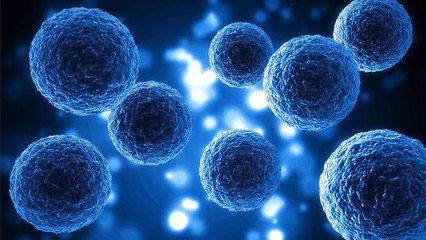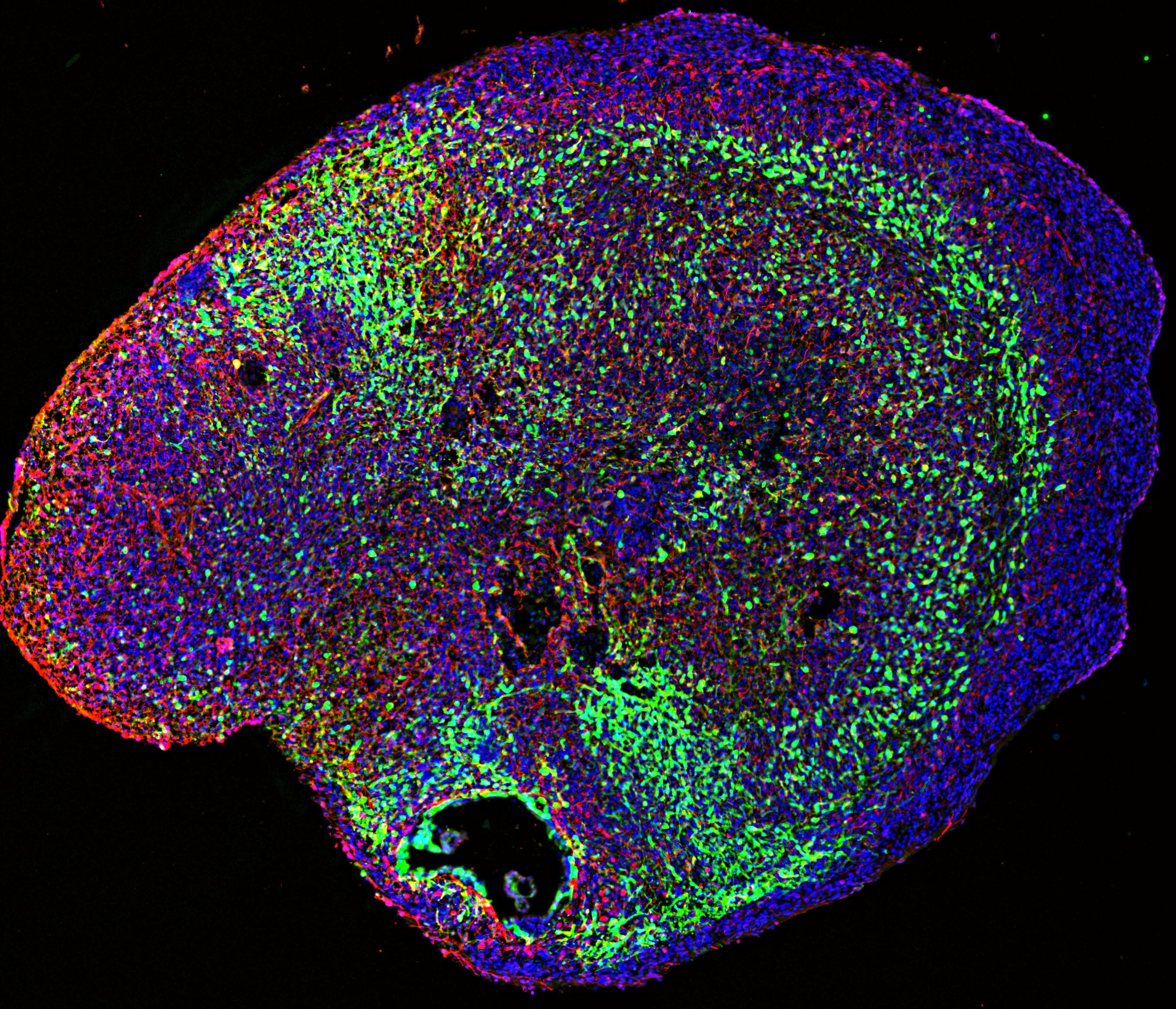Emerging Research
Stem cell science is a rapidly evolving and advancing field. Explore some of the latest research innovations and how they are being used to better understand and model development and disease. Ultimately, these advancements aim to lead to innovative therapies that can improve human health.
Chimeras
Chimeras are persons or animals that have some living cells in their body that came from another person or animal. Chimerism can occur in nature (for example a mother’s cells can be found in her child decades later, just as a child’s cells can remain in their mother); can result from transplants (such as human-to-human organ transplants); or chimeric animals can be created in the lab for use in biomedical research. Learn more.
Embryo Models
Embryo models are organized 3-D structures created by stem cells that resemble some aspects of early embryo development. Embryo models allows researchers to conduct experiments that help us learn more about reproductive health, genetic diseases, and organ formation. Learn more.
Mitochondrial Replacement Therapy (MRT)
Mitochondrial Replacement Therapy (MRT) is a treatment where parental genetic information is transferred to a donor egg that has healthy mitochondria, so that the offspring will not inherit mitochondrial disease from an affected parent but be biologically related to both parents. Learn more.
Organoids
Organoids are self-organized 3-D structures that are typically derived from stem cells and mimic aspects of the functional, structural, and biological complexity of an organ. Organoids are tools for advancing our understanding of biology and are used for a wide variety of applications, such as drug discovery and cell therapy. Learn more.



